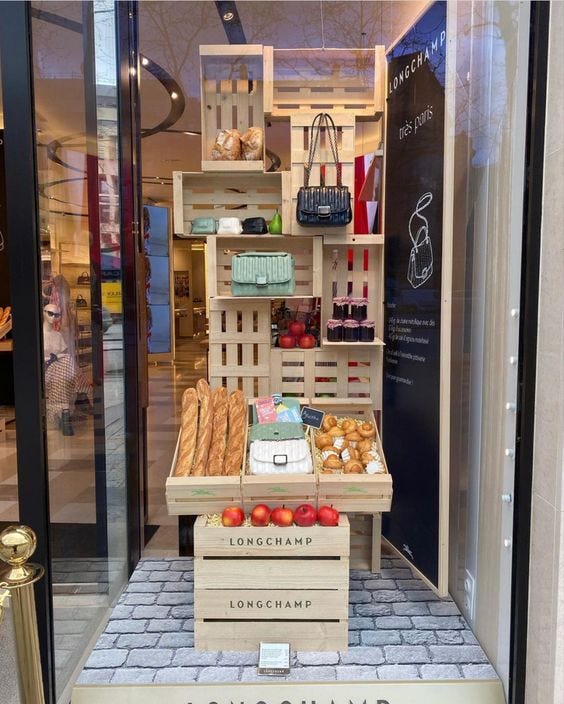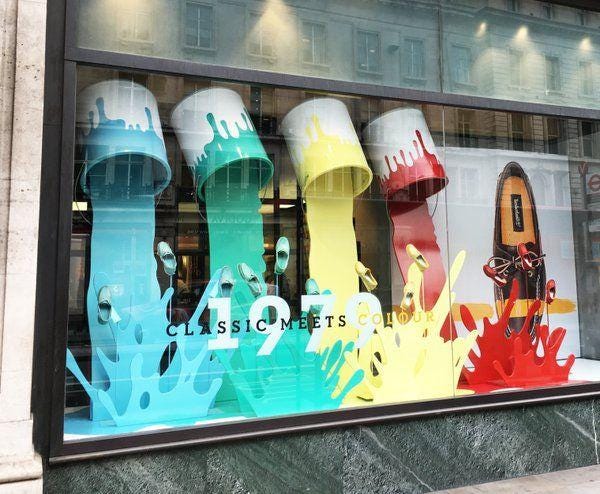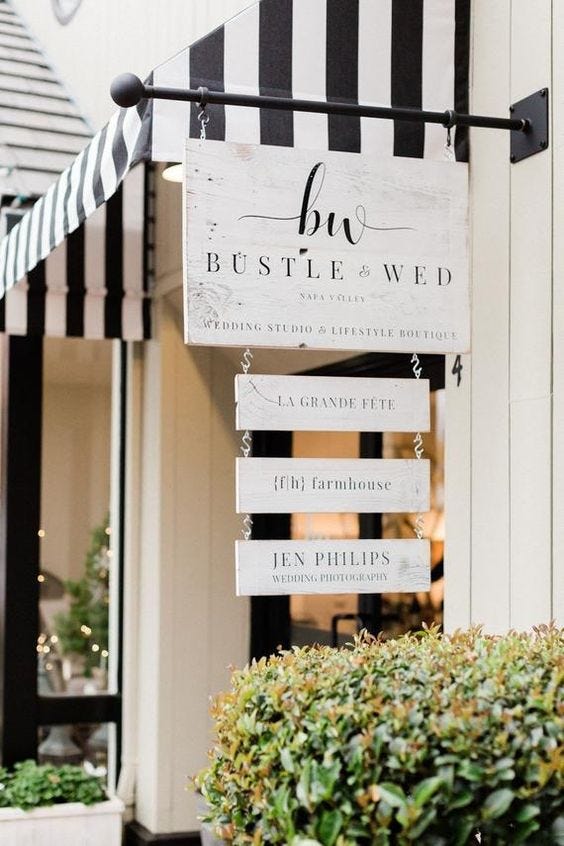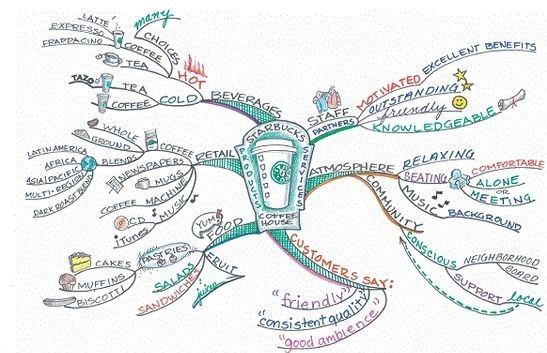All Things Retail #7: After Profit, Margin is the Best Word in Retail
It’s hard to believe we are on Issue #7 already. Please let us know how we are doing. If we are not adding value to your business, we need to do better. If we are adding value, please share All Things Retail with your friends and co-workers >>>
Before we jump in to the content, I just wanted to share feedback I am hearing that the world of retail is getting better and better. While we are not back to “normal” quite yet, there are signs all over (consumer spending, retail sales results, shopping center traffic) that we will be there very quickly. What is most encouraging is that I am hearing these bullish comments directly from retailers, manufacturers and service providers and not just the news. Those merchants that are leading the way are doing a “mash up” of their best practices from pre-Covid and combining them with new learnings from during Covid. The result is a higher level of service and an improved consumer experience and it is working! While last year was hugely challenging, the future of our businesses is once again within our control. Let’s spread the word and have a superb remainder of 2021!
After Profit, Margin is the Best Word in Retail
Many people will say that sales are the lifeblood of any retail business. Promotions are created to drive more sales. One of the most asked questions in retail is “how are sales?”. Retailers track sales versus the prior year daily. KPI’s include “average sale per customer” and “top selling items in sales dollars”. This focus on revenues is, in fact, appropriate and I would be concerned if a merchant did not think about how to improve and track their topline numbers. I certainly understand the logic behind the emphasis on sales, as without a robust topline the bottom line will not be incredibly attractive. But (yes there is a but), this focus on sales must be expanded to include gross margin and unfortunately, this is often not the case.
I would suggest that gross margin is as important a metric, perhaps a more important metric, than revenues. Why? The answer is simple.
High margin sales help drop meaningful dollars to the bottom line, while low margin sales do not. If you are not maximizing your gross margin, you are leaving money on the table, perhaps a lot of money.
Some quick math: a store doing $1 million in sales at a 45% gross margin generates $450,000 in margin. If that same store could improve margin to 50%, and expenses stayed the same, margin would jump to $500,000, creating an additional $50,000 in pre-tax profit. This is extremely meaningful to single store owners, large chain stores and e-commerce shops of all sizes.
Agree? Good! Let’s dig into how to move the needle on gross margin.
Many retailers load different expenses into gross margin. Some add occupancy costs, some add outbound freight and others include advertising expenses. Let’s toss these aside for the moment and focus instead on the core component of margin, Cost of Goods or Cost of Goods Sold (“COGS”). Retailers buy an item for X and sell it for Y, and X becomes the COGS. The technical formula is “COGS = Opening Inventory + Purchases During a Period – Closing Inventory” but let’s keep this simple and think about the item level.
Now the question becomes, can a retailer impact their COGS? Many merchants believe their primary lever to impact margin is adjusting their retail prices up or down. Wrong! Every item has a “right price” and fiddling with that price is not the solution to improving margin. Unfortunately, while many merchants realize a vendor may offer a discount or promotion from time to time, they believe their ability to otherwise improve their COGS is limited. I beg to differ! All merchants, large and small, can employ a set of tactics that will often have a significant positive effect on COGS. Here are some of the best ways to lower costs and grow margins:
Prepare Thoroughly: Being prepared is a must and creates an advantage as you enter negotiations. Learn as much about your vendor and their products as possible. Pricing vs. competition? Services and terms they provide? Product placement in other retail stores? You should also have a sense of what you want to accomplish during the negotiating process.
Just Ask: Negotiating product costs should become a way of life for merchants. When vendors know you will be relentless when trying to lower your costs, and you have supporting logic for the ask (margin dollars from the vendor’s items are too low; you are getting reductions from other vendors; you want the flexibility to promote the item(s) more often; etc.), they tend to be more accommodating. “Just asking” is the easiest way to begin your efforts but most likely it will take a bit longer to see results. So, start now and don’t stop until you get what you want.
Re-Source Products: This is a huge opportunity! While some products are proprietary to a specific vendor (often because of a license or highly developed brand), many are not and can be replaced. To the extent the items in your assortment can potentially be replaced with similar products at a lower cost, you have a huge opportunity (I am repeating this for emphasis!) to improve your margins. Let’s play this out.
Identify which items from Vendor A, your current vendor, you believe you could replace.
Research potential replacements from Vendors B & C as well as their costs (and terms of purchase to ensure your comparisons are “apples to apples”).
Once you are comfortable that there are savings opportunities on some or all the items, approach Vendor A (your current vendor) and inform them you need cost reductions, or you may need to re-source the items to their competitors.
Be specific about the costs you expect for each item (perhaps ask for a cost that’s even a bit lower than Vendor’s B and C; don’t disclose specifically what these competitive costs are) and set a deadline for feedback.
Very often, Vendor A will come back with reduced prices to avoid losing the item(s) to their competition. If so, you win this round. Lock in the new prices in writing, inform Vendor’s B & C you appreciate their efforts and may come back to them in the future, and consider the effort complete (for a year or so for the items you secured savings on).
However, if Vendor A does not offer any concessions, consider moving 2-3 items to Vendor B or C to secure some immediate savings and to prove to Vendor A you were not bluffing. They may then reconsider their position and come back to you with cost reductions on their remaining items.
The goal here is to negotiate meaningful cost reductions without moving products to new vendors. This is the easiest solution, and it works (I have saved 10’s of millions of COGS dollars using this approach). But, if you must move some or many items, don’t hesitate to do so. The savings are truly “found money”. Here is a link to a tracking form you can use manage this effort:
Early Buy Discounts: Offer to purchase more quantity now in exchange for a discount on the order. Be careful here as you want to ensure the goods will sell through (buying at a discount now only to mark down later makes no sense). Also keep in mind there will be an impact to your working capital (you may be able to secure extended payment terms in conjunction with an EBD to mitigate this) and storage requirements/ costs by taking in more inventory earlier than planned.
Early Pay Discounts: Like an early buy discount, you can often secure additional savings by offering to pay for an order early. If your normal payment terms are Net 60 Days, and your working capital can support it, you may offer to pay in 30 days in return for an additional discount on your order.
Case Packs: If you are creating your own products, or if you are receiving products in “eaches” (meaning you can order in quantities if 1, 2, 3, etc. regardless of case pack quantity), you can reduce costs by adjusting the case packs. If you have goods made for you, ask your vendor to analyze what the reduction in the unit cost would be if you went, for instance, from a case pack of 6 units to one with 12 units. This would reduce corrugate (shipping carton) costs and supply chain labor, and you should be able to secure a major portion of those savings. Conversely, if you receive orders in eaches, ask what the savings would be if you accepted those same items in case packs (the labor savings should be significant). In both cases, be aware your inventory may skew up a bit so ensure your working capital and storage can support the increase.
Inners Packs: If you receive orders in a master shipping carton with 2 or more inner cartons inside, you are paying more than you should be. Ask your vendor to determine the cost savings of either reducing or eliminating the inner cartons all together. Inners use extra materials and labor and often add to freight costs as the master carton needs to be larger. Reducing them will have zero impact on your inventory other than reducing its cost.
There are a number of ways to reduce your cost of goods. Those above are the ones that have worked the best for me over 30 years of negotiating prices. If you have other successful tactics you have used, let me know and we will be happy to share with our readers. One final point: don’t expect these efforts to necessarily work on the first try. Be prepared, be persistent, and never give up!
Retail News & Happenings
Gross Margin: An Indicator of Market Power
The Retail Omnichannel Imperative
Social Commerce Emerges as the New Capital for Brands to Reach Customers
Getting Closer to Consumers Through In-House Data With Pepsi’s CMO
Used Furniture Is About To Become A $16.6 Billion Business. Even Ikea Is Getting In On It
How Trader Joe’s Is Embracing Technology, Human Interaction
How To Measure Customer Satisfaction: Advice From Industry Leaders
Cool Pics
Quotes of the Week:
"The two most important words I ever wrote were on that first Wal-Mart sign, '‘Satisfaction Guaranteed’. They're still up there, and they have made all the difference."
“Keep everybody guessing as to what your next trick is going to be. Don’t become too predictable.”
“A computer can tell you down the dime what you’ve sold. But it can never tell you how much you could have sold.”
“The folks on the front lines – the ones who actually talk to the customer – are the only ones who really know what’s going on out there.”
- Sam Walton
If you enjoyed this issue, here is one last reminder to share All Things Retail with your friends, family, co-workers, Uber drivers and more!
If you have not subscribed yet, sign up here:











